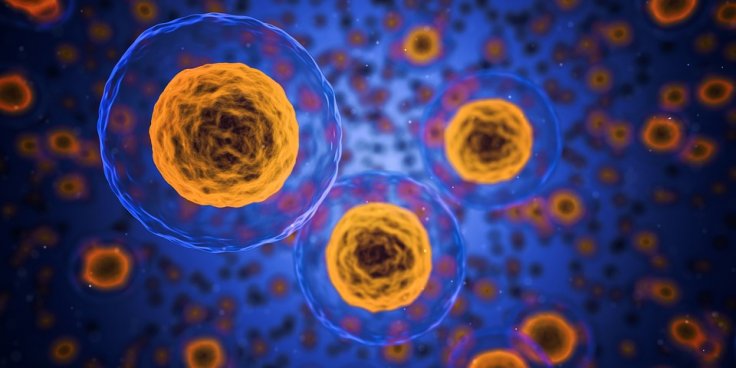Opening new possibilities in the treatment of diseases such as Huntington's and Parkinson's, a new study involving roundworms has found a way to destroy toxic cells that cause the aforementioned neurodegenerative diseases.
The study found that microRNAs play a crucial role in controlling protein aggregates. Protein aggregates are proteins that have accumulated due to the glitch in a process called folding that gives shape to RNAs.
MicroRNAs, are small RNA molecules that enable the simultaneous regulation of various genes. Trying to find specific microRNAs that are essential in the regulation of protein aggregates, they zeroed in on the microRNA, miR-1. In patients with neurodegenerative conditions such as Parkinson's disease and Alzheimer's disease, miR-1 is found in low levels.

Genetic similarities between roundworms and human beings
Using Caenorhabditis elegans, commonly known as roundworms, the scientists studied the applicability in human beings, as these worms share many genes with human beings in spite of being separated from human beings by millions of years of evolution.
"We deleted miR-1 in the worm and looked at the effect in a preclinical model of Huntington's and found that when you don't have this microRNA there's more aggregation," Roger Pocock, co-author and professor at Monash Biomedicine Discovery Institute said. "This suggested miR-1 was important to remove Huntington's aggregates," he added.
The researchers found that miR-1 played an important role in preventing toxic protein aggregates by regulating a protein known as TBC-7. A process called autophagy, through which the body recycles and removes damaged cells is regulated by the protein. The process is vital in eliminating toxic proteins from cells.
Stressing on the role of miR-1, Pocock said that its absence leads to irregular autophagy, which in turn leads to aggregation of Huntington's proteins in worms.
Possible applications in treatment of neurodegenerative diseases
David Rubinsztein, a co-author of the study, highlighted through further research that miR-1 controls a similar pathway in humans that regulates autophagy. In biology, a pathway refers to a chain of interactions between the molecules within cells the result in changes in the cells, and play an important role in the regulation of processes such as expression of genes, metabolism, and transfer of signals, among others. The increased expression of miR-1 removed aggregation of Huntington's proteins in human cells Pocock pointed out.
"It's a novel pathway that can control these aggregation-prone proteins. As a potential means of alleviating neurodegenerative disease, it's up there," he said.
Further research by the rest of the authoring team proved that supplying human cells with a molecule called interferon-b, increased the response of the miR-1 pathway, thus opening doors for its manipulation. The findings of the research have been patented by the researchers. In order to translate the research in human beings, the researchers are in talks with pharmaceutical companies









